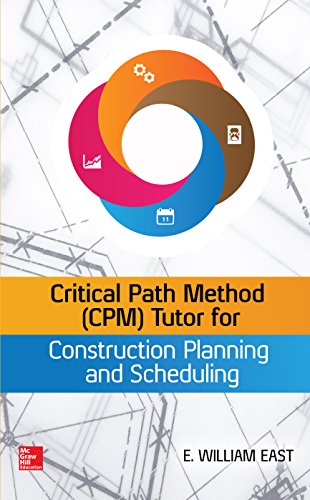Valuation Rules According ECO/805/2003 (VII)
General Warnings
According Spanish ECO/805/2003, we find a ‘warning case’ whenever we have doubts about any of the data used in the calculation of the technical values. At a minimum, we should consider the following cases:
- when there is a discrepancy between the physical reality of the property and its description in the Property Registry or the Cadastre, if such discrepancy does not lead to doubt about the identification and do not affect the calculated values
- when the property is not in accordance with the applicable urban planning, unless some conditioning have been stated or it was not possible to verify the system of protection of the architectural heritage
- when the valued property is subject to expropriation or was constructed on the basis of a license or an administrative authorization containing conditions, which if not met, may result in changes to the certified value
- when the valuation has been calculated using different methods than those stated in Spanish Order ECO/805/2003
- when the maximum legal value was calculated in absence of some of the required documents
- when the valuation was calculated in absence of the necessary documents to calculate cash flows
- in rural properties, when the valuation was calculated in absence of the cadastral documentation or the documents describing the operating system
- in the valuation of buildings under construction or rehabilitation for the finished building hypothesis, when the valuation was calculated in absence of a complete set of the Construction Documents already endorsed by the Architects’ Association, or the final certification of the performed work, or the Building Contract, or the Schedule of Construction Costs
- in buildings whose main use is housing, when the valuation was calculated in absence of the document attesting the expedition of the decennial insurance for property damage
- in buildings in horizontal property regime or building elements different than houses or garages, when the valuation was calculated in absence of the statutes of the homeowners, an equivalent document or a Certificate by the community manager, certifying the limitations of use or other circumstances able to affect the value
- when the Cadastral Reference does not exist or can not be known by the means provided in the revised text of the Law on Real Estate Cadastre, or through the Virtual Office of the Cadastre
- in properties located abroad, when the valuation was calculated in the absence of all the documentation that, in accordance with the rules applicable in the country where the property is located, may have some influence on the value of the property.




